World Fine Art Professionals and their Key-Pieces, 446 - Willem Wernsen
World Fine Art Professionals and their Key-Pieces, 446 – Willem Wernsen
Willem Wernsen was the guest at the 185th Photographers’ Evening in Café Kalkhoven. He is a photographer who knows how to capture people in a characteristic way. Initially people in his own environment, later people all over the world. He also developed into a street photographer.
In 1967, Willem Wernsen, when he was 13 years old, walked weekly for an Amersfoort grocer to distribute advertising brochures on Wednesday afternoons for five hard guilders per afternoon. With the money he earns at the end of the month, he buys his first book about a photographer, Yousuf Karsh. Two years later, when he was 15, he started working in a butcher’s shop. He has tough weeks there, sometimes working up to about 70 hours a week.
Characteristic faces
Aloys: what kind of child were you? “A normal boy, no problems. A skinny long lout as it was popularly called at the time. Who chose the butcher’s trade after completing MAVO (general secondary education). As a boy I had all kinds of part-time jobs. I was always working, in winter and summer. I regularly spent almost half of my earnings, such as those from those brochures, on photo books, in black and white. You could buy them second hand for a reasonable price.”
Aloys: Did you already have a feeling for photography then? Wernsen: “I was crazy about black-and-white films, for example with Hitchcock, Humphrey Bogart, Simone Signoret in the leading roles, but also those French films with Fernandel, among others. The characteristic faces of the main characters attracted me. I also watched video films in this way, sometimes pausing them if there was a nice face or black-and-white composition in the picture. At some point I bought a camera myself.”
Aloys: As a butcher, did you do the slaughter yourself? “In training. The butcher where I worked became my father-in-law. I went every week to the abattoir in Amersfoort where our live cattle were slaughtered.” Wasn’t it a tough job? “In the beginning I worked the usual hours for that time. When I started dating the butcher’s daughter, I started working full time. You then become part of the family, it was a tough but beautiful craft. I also delivered orders to people. In a butcher’s shop in a working-class neighbourhood you get to know the character of the people well. When I dropped off meat, I already had the idea of asking some people if I could photograph them. My camera, an Olympus OM2, was on top of the meat packages in a plastic bag.”
Portraying people
Aloys: Was it easy to make contact? “People knew me as a butcher. When I was 18/19, and actually still a brat, I found myself in a branch of my future father-in-law and had to give it a try. People not only came to buy 1 ½ ounces of ham early on Monday morning, to make a 25 guilder note small when the week started, but sometimes told entire stories. I was told a lot, actually I was a kind of social talking point at an early age. They were customers from all walks of life. Sometimes the counter looked like a primary care consultation room. I slowly started portraying these people. I also learned a lot from the photo books I bought. This is how I got to know photographers such as Ed van der Elsken, Kees Scherer, Robert Doisneau, Diane Arbus, Mary Ellen Mark, August Sander and, above all, many other, mostly French photographers. I didn’t want to imitate them, but I wanted to try to get my own ‘signature’. I was 23 years old at the time.”
Aloys: When you look back on that time now, do you still recognize yourself in it? “Yes, I started photographing people in Amersfoort, in their living rooms. Later, no longer in their own interior, but in a studio-like environment I created, indoors or outdoors. For this purpose I bought a black cloth at the market that I hung outside over a washing line or fence, or whatever was available. I placed the people I portrayed on a stool in front of that cloth. And above that is the large lamp, between the cloud cover, with that beautiful existing light. When people relaxed, I saw the stirrings of their souls come to the surface. And then I recorded that. At some point I started photographing people during my city trips and travels abroad, and now, 37 years later, I am again photographing people in Amersfoort in their own environment. That has become an exhibition, ‘Court life, living in the Poth’, about twenty portraits of people who live in the courtyard for poor people de Poth (Hofje Armen de Poth). The photo exhibition, together with an audio-video montage, is part of 033Fotostad 2016.”
Market master
Wernsen never took more than one/two photos. “I had to be careful with my roll film of 12 shots, so you learn to look carefully and compose your composition, which makes you do that more and more smoothly. Now it is a matter of a few seconds when it comes to building your image, and it takes self-training to get to that point.” He worked in the butcher shop for almost 25 years. Then he got sick. He couldn’t go any further. He had rheumatic complaints and a broken back. “I had plundered my body. As a butcher you have to be 200 percent healthy, not dependent on others, if you want to start your own business and take over the business.” He still has chronic pain complaints, for which he takes the necessary medication.
He had to look for another job. His eye fell on an advertisement for market master. “I didn’t know what it was, but it sounded good, it was a job at the municipality. I started chatting, was hired on a trial basis, and after a year I got a permanent contract. I enjoyed working in the market for eight years. However, my body was increasingly failing, it was simply no longer possible physically. The body was really worn out.”
One of the directors proposed that he provide eight photos every quarter. From people at the market, but it could also be people at home or on the street. We look at a number of examples from the photo albums he brought with him. From his first book, ‘Beautiful People’ (2003), he shows a photo of an elderly lady, Trui Koorman. She is 87 years old. “She lived in the same house in Bekensteinselaan in Amersfoort for seventy years. It stood in a row of four houses declared uninhabitable, three of which were boarded up. Only Trui was left. She was the neighbourhood newspaper. Ladies of easy virtue, with whom Trui was at odds, stayed in the corner building next to Trui’s home. Every now and then she would climb onto her counter with a stool, open the window, and say to the gentlemen who entered the ladies’ house: “Does your wife know, pervert, that you are visiting here?” Trui loved the photo Wernsen had taken of her. Later he captured her again in front of the cupboard with glassware that her mother had given her. “Her dress blended seamlessly into the wallpaper.” The book ‘Beautiful People’ can be viewed on his website.
Aard
Aloys: Did you ever have to break the ice? “I always said why I wanted to take a photo, something I still do when I speak to people. Usually that was the characteristic appearance of the person. Then the ice would have been broken. The photographed person always received a copy of the photo later.”
A second person portrayed passes by: Aard. A man of advanced age with indeed a characteristic head. “His nickname was sauerkraut. There was a scraggly bushy mustache under his nose, usually with some snot in it. He always had his hat on. He lived in a small house, was missing a leg due to diabetes and therefore moved in a cart. He always ordered ‘a meatball, pork chop and a large piece of sausage that costs nothing’. He also had his needs and Aard went to the brothel about twice a month. The entire neighborhood could then see his disabled cart outside, and it was said that Aard was carried up the stairs. When Aard came back to the butcher’s shop on Saturdays, a wonderful piece of folk theater would always take place there. The men who were waiting for their order were happy to cheer him on about his visit to the brothel. Aard gave a good response: “You will never get what I got this week.” When I doubled over my chopping block with laughter again, I sometimes had to let go of my knife so I didn’t cut my fingers.”
In one of Aard’s photos you see a white square surface against the wall. Something used to hang there. There is something hanging in the square, but it is smaller. Aard never wanted to say what was removed. Wernsen: “I think it is important that you do not harm people’s integrity.”
“For me it was sometimes a party before I even went in somewhere. I already had the final image in my head.”
A photo passes by of a man with a woman on the couch. “He had bought a large bunch of flowers at the market. “Apparently to make up for something?” I asked him. They had been married for forty years. Is the bride still as tight as before, I asked jokingly. Maybe I can portray you? “Okay, we don’t have many photos.” The same day I was able to come by and put the Mamiya C330 on the tripod. So I took that photo of both of them. It’s a funny photo, with his belly button clearly in the frame, which only became apparent later when I was printing the photo in the darkroom.”
Street photos
At a certain point Wernsen also started taking street photos. He preferred to make them in ‘medium format’, you could enlarge those negatives well, but you were hardly mobile with such a block in your hands. It took him a year and a half to get the hang of it. “I wanted to capture certain moments. That didn’t work. I lost a lot of films, it was a very different subject than the people inside or the portraits for the black screen. It just wasn’t all that.” But he ‘pushed through’ and eventually it worked. “I oriented myself towards Kees Scherer, Cartier-Bresson, Doisneau, etc. Aloys: Doisneau staged many photos, including the one with the ‘kissing couple’.
In 1997/98 Wernsen went to Paris for four days and then for a week. The sense of composition really started coming in there. We see images of people on a café terrace and the then new entrance to the Louvre, mirrored. Wernsen felt himself getting better and better.
We see a photo with two completely different scenes in one. In the foreground a young couple busy with an appointment, behind it a police officer who stops a motorist. A photo of a man in a Morgan, a convertible, with a woman next to it in a fancy hat. “I’m waiting for the right moment. Until, for example, someone crosses the road. Then the composition is complete and I print.” Aloys: You combine the patience of the fisherman with the alertness of the hunter. Do you ever practice self-censorship? “I put integrity first. I don’t want a fair on the street. I will not commit disabled people.”
The coffee shop
Let’s move on to the topic of Coffee Shop. These photos can be seen in the book ‘Timeless’ from 2011. Due to his health, Wernsen often went to the coffee shop to smoke weed, which he used at home against the pain. He thought it would be an idea to take photos there, because of all the characteristic and beautiful people you see there. “If people like it, I have no objection,” the owner said. And so the series about the coffee shop was born. Lots of portraits from the smoking area of the coffee shop. Wernsen always asked if he could take a photo. He heard many stories there. “All with their own background.” He also smoked, because of the vapor in the air. Aloys: Were you never too stoned? “No. I had a small camera that worked well. I did everything by eye.”
We see a photo of a young man with a bald head, a black T-shirt and a chain around his neck: Willem. Wernsen is going to write something about him on his site (as he also did about other people).
Wernsen wrote this book at the request of his then wife Margareth, who became ill and died in February 2009 at the age of 51. “When I’m gone, just write a book,” she had said. We see a photo of his wife with a puppy from a kennel, an English bulldog, just before she was to go to the hospital. The book is very dear to him. He dedicated it to her.
Carousel
He shows a photo of a couple at a cafe table. “He expresses all kinds of tenderness, while you see her thinking ‘should I do it or not?’” A photo of New York, 2001. “It was in the evening, it was raining and cold, I went to the theater with my daughter Kim, to the ‘Phantom of the Opera’. Behind the window of a café-restaurant I see ladies chatting with each other. One lady in particular catches my eye. I grab my camera, compose my composition and just as she looks up, I click. Willem Meuleman later wrote in Algemeen Dagblad: ‘This could be Anne Frank.
A photo of a girl running on the merry-go-round. “Taken on the boulevard in Scheveningen. I saw her running. I was sitting on a bench. It was waiting for the right moment. A photo taken at night in Times Square in New York under the light of the neon sign with an F 1.7 20mm lens, very bright. A photo of four men in hats, taken at a museum in Antwerp. Photos of psychiatric patients. “They were allowed to live at home under supervision. I was allowed to photograph them.” Children with a raised finger, which eventually became the cover of the book ‘Timeless’. A number of photos in the book are digital, but the majority are analogue.
China
Then the photos from China. “I was interested in China since I was a child. I was also impressed by a film set in China with Ingrid Bergman in one of the leading roles: ‘The Inn of the Seventh Happiness’. In 1999 I was able to go to China for five weeks, together with my sister-in-law, who worked there as a Chinese translator/interpreter. I wanted to take photos there with a medium format camera.”
“My sister-in-law had made a beautiful photo pass for this, with many stamps on it and a text underneath in Chinese. All those stamps were old stamps of the municipality of Amersfoort. I came everywhere with it.”
“The first four/five days we were in Hong Kong, then we went to Canton, Shanghai and Beijing. My sister-in-law had to do business with a factory in Shenzen. Strollers were made there. All for the west. I lived there in an apartment for eight days. I photographed the entire factory. The workers had to work hard and long. They had no protective clothing. At the end of the month they could hope that the wages would be paid. However, they were fed in the factory. In a large kitchen, food was cooked in a large pan on a huge stove.”
“There were two kitchens, one for management and one for workers. The one for management had – of course – better food. I also photographed the factory workers’ homes, some made of corrugated iron. It smelled like burnt remains of plastic and metal waste that they collected from the factories and stoked in stoves on which they cooked and heated their houses.”
“The only entertainment was an old and rickety billiard table.” We see it appear in the photo. “Behind it you can see concrete accommodation for the workers. I spent a week with a number of people.” We see the photo. “I shot 125 rolls of 12 shots. Occasionally I was an attraction myself. The photos hung at the Naarden Photo Festival 2013. Partly thanks to Naarden, I was later invited by the curator of the Shanghai Art Museum for an exhibition in Jinan.”
We see a photo of a grandfather with his grandson, in a sailor uniform, in the forbidden city. “I look people straight in the eye, put my hand on my heart, and then it works. They found the camera interesting. Sometimes I had the feeling that I didn’t stand out among the Chinese at that time (1999). For a week I wandered around temples where services were held. At one point I saw a monk in a hallway. He seemed almost ready to have his photograph taken when I heard a noise behind me. It was an American who was filming. The monk fled inside. I sat on a wall for half an hour, maybe he would appear again. And he came back. Then I was able to capture him beautifully.” We see the photo passing by. In 2014, Wernsen returned for the exhibition of his photos at the Shandong Art Museum in Jinan. On that occasion he also presented his recently published book ‘Behind the Great Wall’.
Questions from the audience
Do you also do color? “No, I have lost my heart to black and white. There’s something timeless about that. I think in black and white. Before I take a photo, I already see the photo, in black and white. It also gives the viewer peace of mind. The same photo in color would sometimes destroy the essence. In the course I teach, I show that you can create shades in black when printing. The first print is usually good for me straight away. 90 percent of my photos are analog, 10 percent digital.”
Willem Wernsen has a ‘Photo Art Home Gallery’ at home.
Aloys: A round of applause for Willem Wernsen from Amersfoort.
Published photo books:
1998 Kleurrijk in zwart-wit
2003 Beautiful People
2011 Timeless
2014 Behind the Great Wall
2015 On Street Photography (English-language)
2019 101 Tips voor Straatfotografie (2nd edition June 2023) *
2022 Zuiderburen
* Co-authored with the Belgian photographer Piet Van den Eynde (also published in English as E-Book)
▪️Kleurrijk in zwart-wit, Beautiful People, Timeless, On Street Photography and Zuiderburen are no longer available. (Sold out)
The English language PDF/E Book “101 Tips For Street Photography” The link to the book is https://willemwernsen.com/en
Review about this book of Robert Lankamp https://willemwernsen.com/en/review-robert-lankamp
Images
1) Ghent Belgium 2021 (From Zuiderburen 2022), 2) Gent België 2018 ( Uit Zuiderburen 2022), 3) Portrait of Aard 1980s (from Beautiful People 2003), 4) Portrait of Trui 1980s (from Beautiful People. 2003), 5) China 1999 (From Behind the Great Wall 2014), 6) Street photo Scheveningen Netherlands 2000 (from Timeless 2011), 7) China 1999 (From Behind the Great Wall 2014), 8) Portrait Man, Ghent (street photo) 2020 (from Zuiderburen 2022), 9) Cafe Gent Belgium 2021 (From Zuiderburen 2022), 10) Street photo Ghent Belgium 2013 (from 101 Tips for Street Photography 2019).
www.willemwernsen.com/en/ https://willemwernsen.com/en/shop/books/behind-the-great-wallhttps://www.instagram.com/willemwernsen/https://www.facebook.com/willem.wernsen https://ifthenisnow.eu/nl/artikelen/willem-wernsen-vertelthttps://inzaken.eu/2023/09/11/willem-wernsen-vertelt/
Disclaimer: The views, opinions and positions expressed within this guest article are those of the author Walter van Teeffelen alone and do not represent those of the Marbella Marbella website. The accuracy, completeness and validity of any statements made within this article are not guaranteed. We accept no liability for any errors, omissions or representations. The copyright of this content belongs to Walter van Teeffelen and any liability with regards to infringement of intellectual property rights remains with the author.


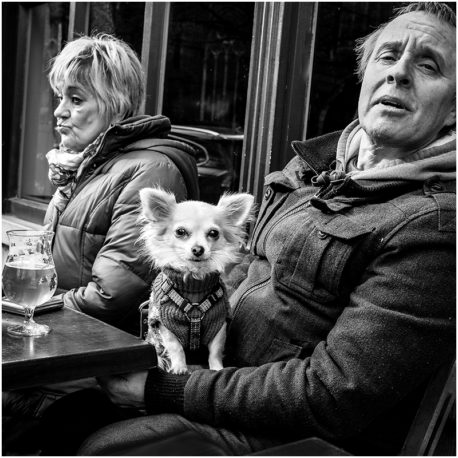
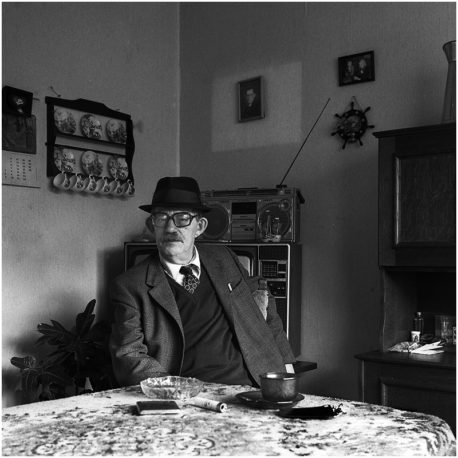
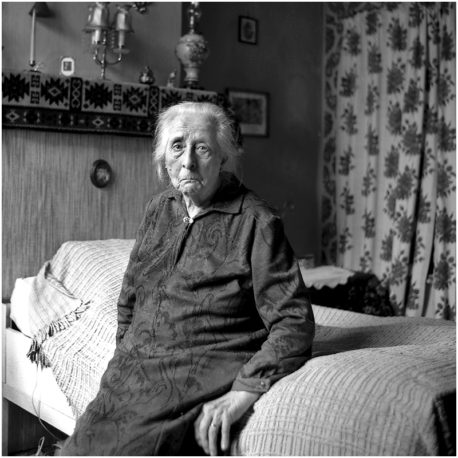
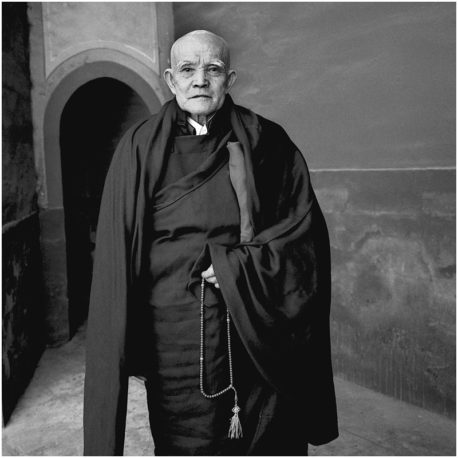
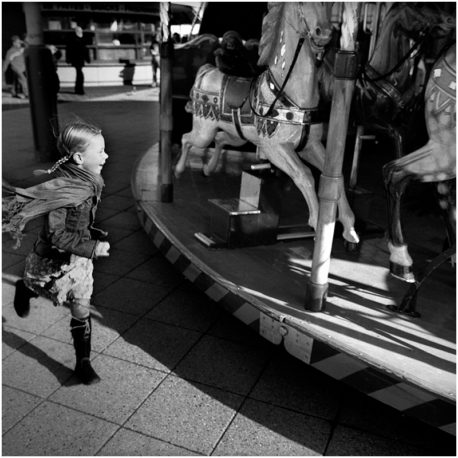
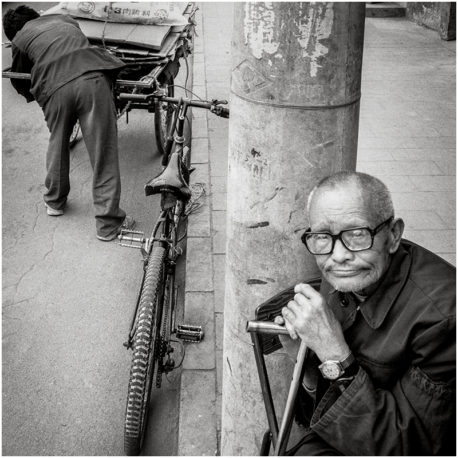
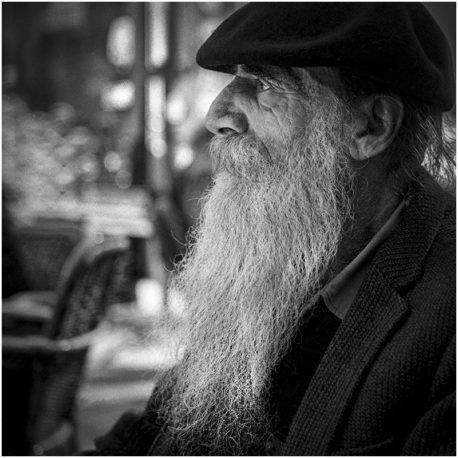
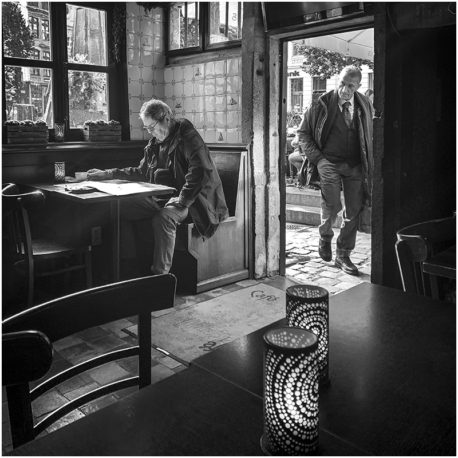
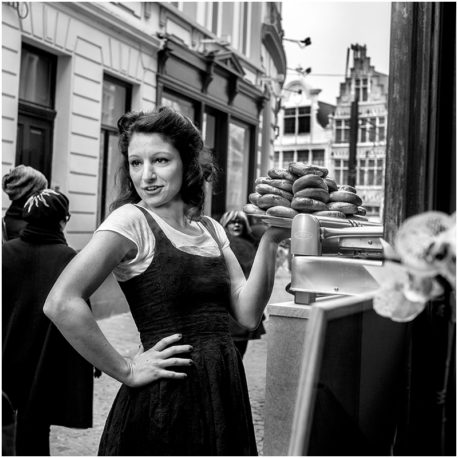














The opinions expressed by individual commentators and contributors do not necessarily constitute this website's position on the particular topic.